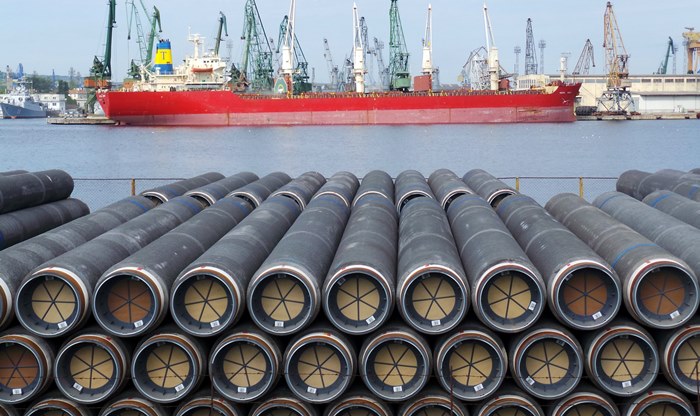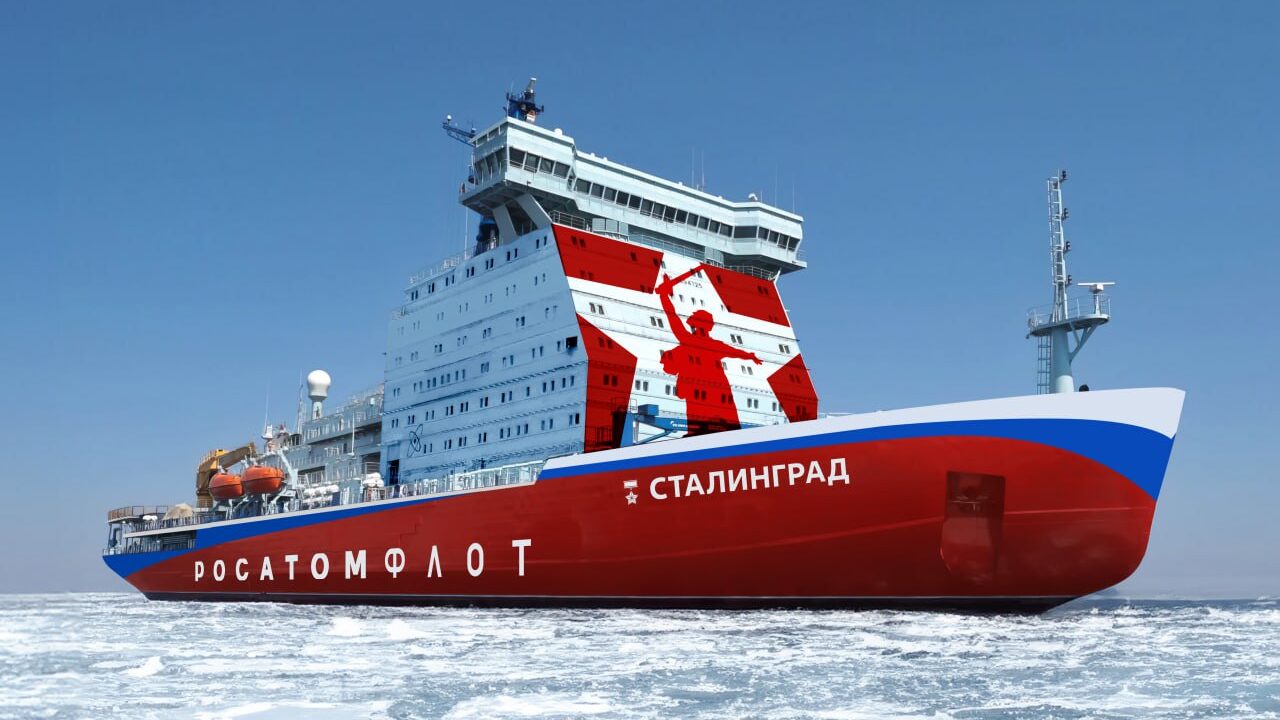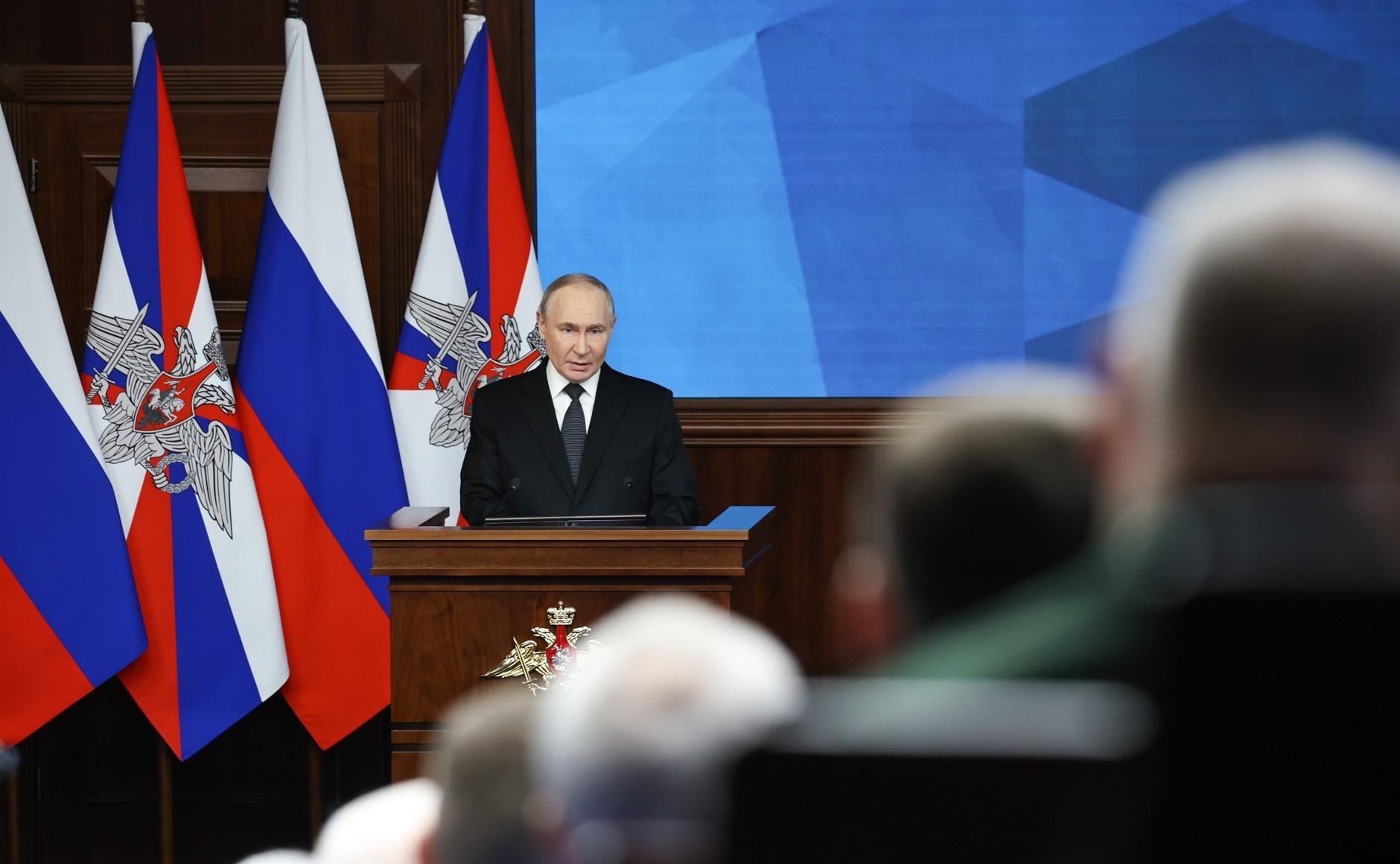
Italy’s Energy Policy Untouched by Turkish Stream’s Flop
Italy’s Energy Policy Untouched by Turkish Stream’s Flop
In a surprising turn of events, on July 8, the Russian state-run natural gas monopoly Gazprom canceled a contract with the Italian oil and gas services group Saipem. The two companies were supposed to jointly build the first line of Turkish Stream, the Moscow-backed pipeline project to pump gas from Russia’s Black Sea coast to the Turkish-Greek border and then—in Moscow’s expectations—onward to Southern and Central Europe (Interfax, July 8; Corriere Della Sera, July 9).
Although Gazprom stressed that its decision was dictated by business and commercial disagreements with Saipem, evidence is emerging that the Italian energy company was the first collateral victim of Turkish Stream’s possible demise. In fact, the construction of this trans–Black Sea and trans-Anatolian gas supply chain remains in doubt and the financial viability of the initiative has come under question. Moreover, tensions between Russia and Turkey are mounting over the price that Ankara should pay for Russian natural gas (see EDM, July 1).
The cancelation of the contract for Turkish Stream was a severe blow to Saipem, which is grappling with capital shortages. It suggests Italy and Russia may be readjusting their bilateral relations in the energy realm. Euro-Russian ties were further strained after the recent renewal of economic and financial sanctions imposed by the European Union and the United States on Russia over its annexation of Crimea and role in the Ukrainian crisis. In light of this, and in accordance with the projected EU common energy policy, Italy is poised to shape its oil and gas trade with the Kremlin on a new basis. Much like other EU countries maintaining close energy relations with the Kremlin, it looks like Rome is trying to immunize itself against Russia’s repeated use of energy supply as a geopolitical tool to advance its strategic interests.
On July 9, Saipem reaffirmed that one of its pipe-laying ships had been ready to moor in Russian waters to start conduit laying—a stretch of the Turkish Stream pipeline project is planned to run along a route on the Black Sea floor (Ansa, July 9). The Italian energy group, which is controlled by state-owned energy producer ENI, was operating within the old contract for South Stream. In March 2014, Saipem secured a $2.7 billion contract to build an undersea section of South Stream, a Gazprom-led offshore pipeline initiative to pipe gas from Russia to the Balkans across the Black Sea. South Stream, which was intended to bring more gas to Europe via a route that did not pass through Ukraine, was abandoned in December 2014 and replaced by the Turkish Stream project.
Last month (June 11), Gazprom President Aleksey Miller and ENI CEO Claudio Descalzi met in Milan to talk about Turkish Stream’s perspectives and the potential upgrading of the Blue Stream gas pipeline. ENI is Gazprom’s major partner within Blue Stream, which supplies gas from southern Russia to Turkey via the Black Sea; and Saipem was part of its construction project. Saipem also realized two pipelines for Nord Stream, another Gazprom gas initiative that links Vyborg in Russia with Greifswald in Germany, passing through the Baltic Sea. The termination of the contract for Turkish Stream might now call into question Saipem’s chances to obtain procurements for the doubling of Nord Stream.
Rome is keen to nurture good relations with an important trade partner such as Moscow. And in fact, Italy’s energy strategy is heavily reliant on Russian supplies. Italy is the third-largest consumer of Russian natural gas, behind Germany and Turkey. Russia supplied Italy with 21.7 billion cubic meters (bcm) of gas in 2014. Yet, in a report released on May 26, the Italian Central Bank maintains that Italy will be able to diversify its own energy sources in the short term, turning to producers in Northern Europe and North Africa, as well as increasing the import of liquefied natural gas (Bancaditalia.it, May 26).
In its effort to diversify oil and gas sources, Italy is moving forward with the development of the Trans-Adriatic Pipeline (TAP), the final segment of the ambitious Southern Gas Corridor (SGC), a system of conduits expected to connect gas fields in Azerbaijan to Southern Italy via Georgia, Turkey, Greece and Albania. Apart from TAP, the SGC will consist of two other parts: the existing South Caucasus Pipeline (SCP) and the planned Trans-Anatolia Natural Gas Pipeline (TANAP).
TANAP and Turkish Stream will compete in the future to pipe gas toward Europe, according to Kenan Yavuz, the Turkey CEO of the State Oil Company of Azerbaijan (SOCAR). Europe does not need additional flows of natural gas at the moment. Its current consumption is estimated at some 357 bcm—the same level as in 1995, and well below its peak of 2007–2010. Therefore, the fate of Turkish Stream and TANAP will ultimately be determined by geopolitical factors. And Yavuz appears to be clear headed about the end result of this energy competition: “TANAP is the only project that brings not only route but also supply diversity for European end-users. In this respect, it is not difficult to say that it has no rivals” (Anadolu, July 3).
In April, Miller said that Gazprom would stop delivering gas to Europe via Ukraine in 2019, when the current contract with Ukraine expires. The Gazprom CEO clarified that Russia would redirect this gas transit through Turkish Stream in the future. In doing so, the Kremlin aims to reduce Ukraine’s importance as a gas transit hub to Europe. Meanwhile, EU countries will be forced, in the space of four years, to build their own infrastructure to buy Russian gas on the Greek-Turkish border (RT, April 13). Such a prospect would allow Gazprom to elude EU anti-competition and anti-monopoly laws that prevent a single operator from controlling both the pipeline and the energy resource it transports. However, Gazprom had actually signed agreements to bring natural gas directly to European end-user countries well beyond this 2019 cutoff date. For instance, there are contracts in force between ENI and Gazprom providing for the transportation of Russian gas up to the northern borders of Italy until 2035 (MilanoFinanza, December 1, 2006).
Despite its close business ties with Russia, Italy is laying the groundwork to adapt its core interests to the new EU energy paradigm. The European common energy policy aims to diversify sources as well as suppliers, shifting the continent’s dependence on exporters with monopolistic tendencies, such as Moscow, toward energy interdependence with a plurality of actors—including Russia. And ENI’s corporate policy, which blends historical cooperation with Gazprom with investments in new markets such as Africa, fits Europe’s current energy trend.


